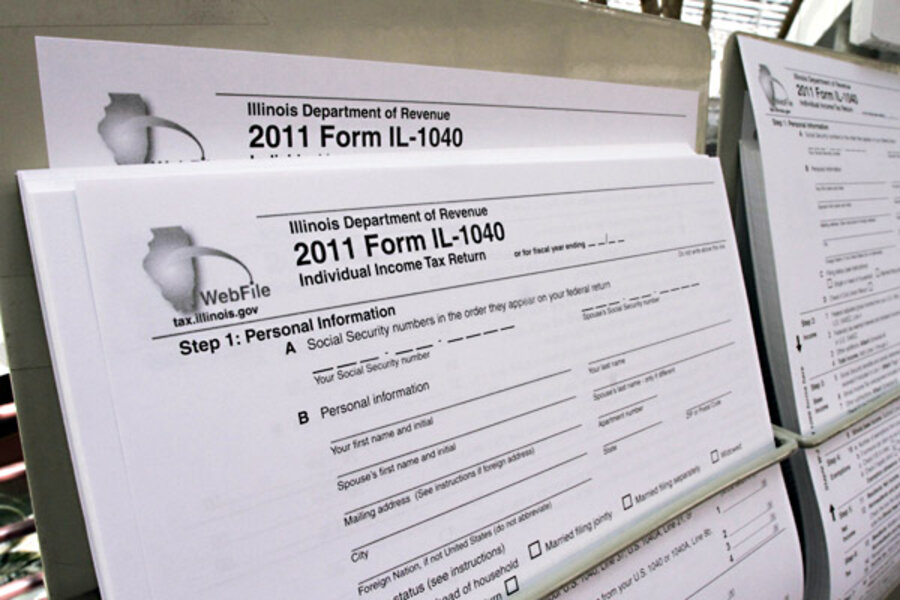A path forward on tax reform: 4 steps
Loading...
At the National Tax Association’s spring conference last week, former Congressional Budget Office Director Doug Holtz-Eakin laid out a path to tax reform in four simple, clear steps. Doug, who was also a top policy aide to the 2008 McCain for President campaign, was absolutely on point. And his analysis was both evidence of how hard reform will be and a possible roadmap to getting there.
His four steps were:
1. Recognize that the U.S. will have a progressive tax code (the flat tax, he said, is, “naïve”).
2. Agree on a top rate.
3. Agree on how much revenue you want to raise.
4. Eliminate or scale back the tax preferences you need to accomplish the first three.
Easy-peezy, as they say.
We should be able to get agreement on the first. With the exception of a handful of dead-enders, as Dick Cheney said in another context, there is a broad consensus in the U.S. that the tax code should be progressive. How progressive, of course, is matter of debate. But for the most part that argument will happen within some fairly narrow parameters. And it is not irreconcilable.
Similarly, with leadership from both parties, we could reach consensus on the top rate and scale other rates down from there. We did it in 1986, though there was some slippage from where that debate started. The fiscal commission chaired by Alan Simpson and Erskine Bowles used the same technique.
The third step may be the key to the whole enterprise–and the toughest to achieve. Without agreement on a revenue number, there is zero chance of a successful tax reform. But to get there, Congress has got to find a way to reframe the current unproductive battle over this issue.
That’s why Doug may be on to something when he talks about setting a revenue goal.
This not the same as arguing about how much we want to raise or lower revenues. Going down that road leads only to re-litigating the 2001/2003/2010 tax cuts and leaves Congress trapped in the toxic vortex of budget baselines. While this makes a small group of budget wonks very excited, it is a road to policy oblivion.
What if, instead, Congress and the President agreed that the new reformed tax code should raise xx percent of Gross Domestic Product in revenue in 2022? No baselines, no snarling argument over whether this would be a tax cut or a tax increase. Just…a number.
I’m not saying that getting there will be easy in today’s political environment. It will, in fact, be extraordinarily difficult. But the prospects for consensus are much higher than if the debate never gets past what to do about decade-old tax cuts.
The last step in Doug’s roadmap is figuring out how to pay for reform. And, oddly perhaps, that might be the easiest bit of all. As Ronald Reagan, Dan Rostenkowski, and Bob Packwood learned in 1986, once the leadership agrees on a rate and a revenue number, it is very hard for the lobbying class to fully protect its clients’ interests.
Sure, there will be some nips and tucks. But the basic outlines of that first draft are always very hard to budge.
Will Doug’s roadmap get us to reform? It’s still very hard to see. But it is at least a plausible path.







